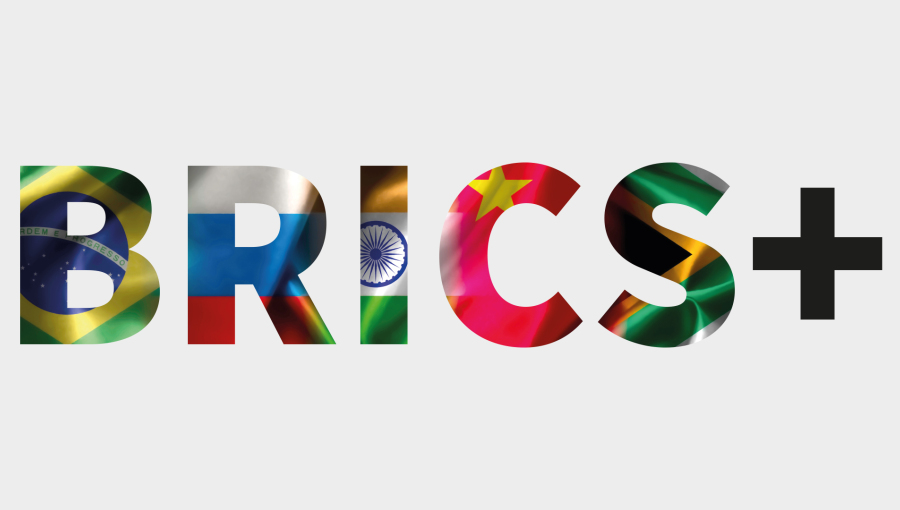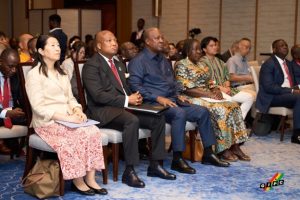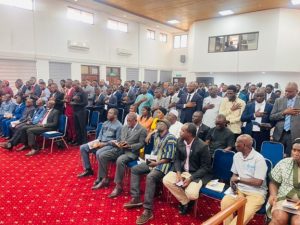
By Jim O’Neill
Much about life under US President Donald Trump’s second administration is mystifying and strange, not least his treatment of the BRICS (Brazil, Russia, India, China, South Africa, plus five newer entrants) and the risk the group poses to American power and influence.
Judging by his words, Trump seems to want to stop the bloc of major emerging economies from challenging the US-led global-governance system. But judging by his actions, one could be forgiven for thinking that he wants to help it pursue its global ambitions.
Consider Trump’s bilateral treatment of the various BRICS countries. Compared to many others who have been targeted in his global trade war, he has been rather gentle with China and Russia – two non-democratic regimes whose “strongman” leaders he genuinely admires.
True, his light touch may reflect a reluctance to trigger economically ruinous responses from markets or other governments. Following his “Liberation Day” tariffs, which China responded to in kind while also suspending exports of rare earths, US markets and the dollar swooned, and yields on US government debt spiked.
But Trump has been far less sparing of others, and this has produced some rather odd outcomes. Why is he being so aggressive toward traditionally friendly countries like Switzerland?
Smaller economies hardly matter for the overall US trade balance that he claims to care about, and the arbitrary abuse that they are suffering will encourage others to reduce their dependence on the US market over the long term.
Then there is Russia. While Trump occasionally threatens and chastises President Vladimir Putin, he more often seems eager to relax Western sanctions, normalize US-Russian relations, and pursue business deals with the Kremlin. By contrast, he has lashed out at Brazil in response to its prosecution of former President Jair Bolsonaro. But while Latin America’s largest country now faces a 50% tariff on its exports to the United States, it is less exposed to trade overall. Moreover, the trade that it does rely on is mostly with China, its fellow BRICS member.
India, too, has come in for especially harsh treatment, including a 50% tariff on its exports to the US. Soon after Trump’s inauguration, many suggested that India would be near the top of the list for a new trade deal, given Indian Prime Minister Narendra Modi’s past friendliness with Trump. But India has always been rather independent diplomatically, and its purchases of Russian crude oil apparently frustrated Trump, given his efforts to orchestrate a quick end to the war in Ukraine.
Alienating the world’s most populous country is risky, though. If the US is hoping to contain China, it would help to maintain a close partnership with India. Following Trump’s friendly visit with a top Pakistani military official, India may now be more tempted to respond positively to Chinese overtures. This month, Modi is paying his first visit to China in seven years.
As I have argued before, if only China and India could find a way to look past their differences and develop stronger ties, that would be a game-changer for the BRICS , not to mention for Asian and even global trade. America’s relevance would wane, and more countries would grow dependent on Asia’s two giants.
It is worth remembering the recent G7 summit in Canada, where Trump mused that it had been a mistake to remove Russia from the group following its initial invasion of Ukraine in 2014, and that such gatherings should also probably include China. As I noted at the time, his comments made a good deal of sense. I made a similar point in my original 2001 BRIC paper, where I suggested that the G8, which then included Russia, should include China, Brazil, and India, and that its European wing should be consolidated to just the European Union (rather than having separate memberships for France, Germany, and Italy).
I would still welcome such changes today. Unfortunately, Trump is doing the opposite: going easy on China and Russia while he pushes away Brazil, India, South Africa, and America’s fellow G7 members. In doing so, he is giving the BRICS and others an even stronger reason to develop alternatives to the Western-led international order.
What today’s world needs is an improved G20, with seats at the table for the most important economies and emerging powers. As it happens, the US is due to host the G20 in 2026. It is a perfect opportunity for Trump to demonstrate global leadership. Whether he is capable of doing so is another matter.
Jim O’Neill is a former UK Treasury minister and a former chairman of Goldman Sachs Asset Management.
The post Is Trump a BRICS secret agent? appeared first on The Business & Financial Times.
Read Full Story











Facebook
Twitter
Pinterest
Instagram
Google+
YouTube
LinkedIn
RSS